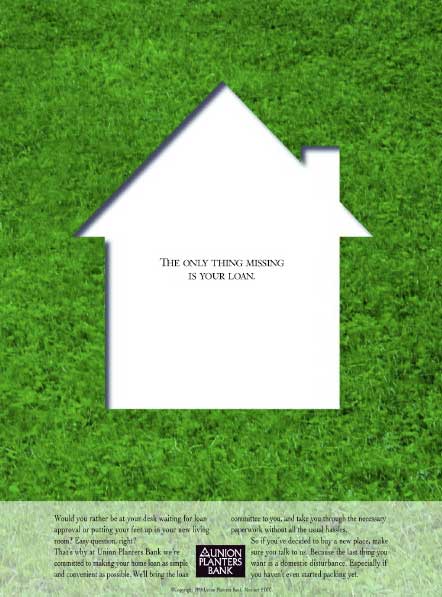Mold Clean Up -Brief Notes
If you have the misfortune of discovering mould growth in your home, you can start immediately with a quick and efficient mould cleanup. If you wish to learn more about this, visit Mold Clean Up
But how can you be sure you’re dealing with mould?
In most cases, one of the first symptoms is a foul “earthy” or “musty” odour emitted by the mould, followed by discoloured areas on walls, window sills, fabrics, and other surfaces. Wipe the stains with a cloth dampened with daily household bleach to see if they’re mould. (Mold comes in a number of colours, including black, white, yellow, and blue, to name a few.) If the stain comes off when you use bleach, it’s probably mould; if not, it might be a number of stuff, such as contaminants entering the property through open windows.
Excess moisture in the building caused by condensation, water leaks, dampness, and other factors is almost always the cause of mould growth. As a result, these issues must be addressed before any mould cleanup can begin. Installing ventilation fans and range hoods that are vented to the outside of the house, as well as opening windows, will help to minimise moisture in the air, while a dehumidifier will help to rapidly dry out damp areas after any required repairs have been done.
It’s critical to assess the extent of mould growth before beginning any mould cleanup; vast areas can be incredibly dangerous and will almost certainly necessitate professional help.
Mold growth is classified into three types:
- Small growth area – this is characterised as a mould growth area that is no more than 1 metre squared and has no more than three areas (all should be less than 1 metre squared in size.) You should be able to do this on your own.
- Moderate growth area – mould growth can be classified as moderate when there are more than three areas that are all less than one metre square or one large patch that is no larger than three metres squared. With caution, you should be able to remove this amount of mould on your own.
3.Large growth area – If you discover some mould that occupies an area greater than 3 metres squared, it’s time to seek professional assistance.


